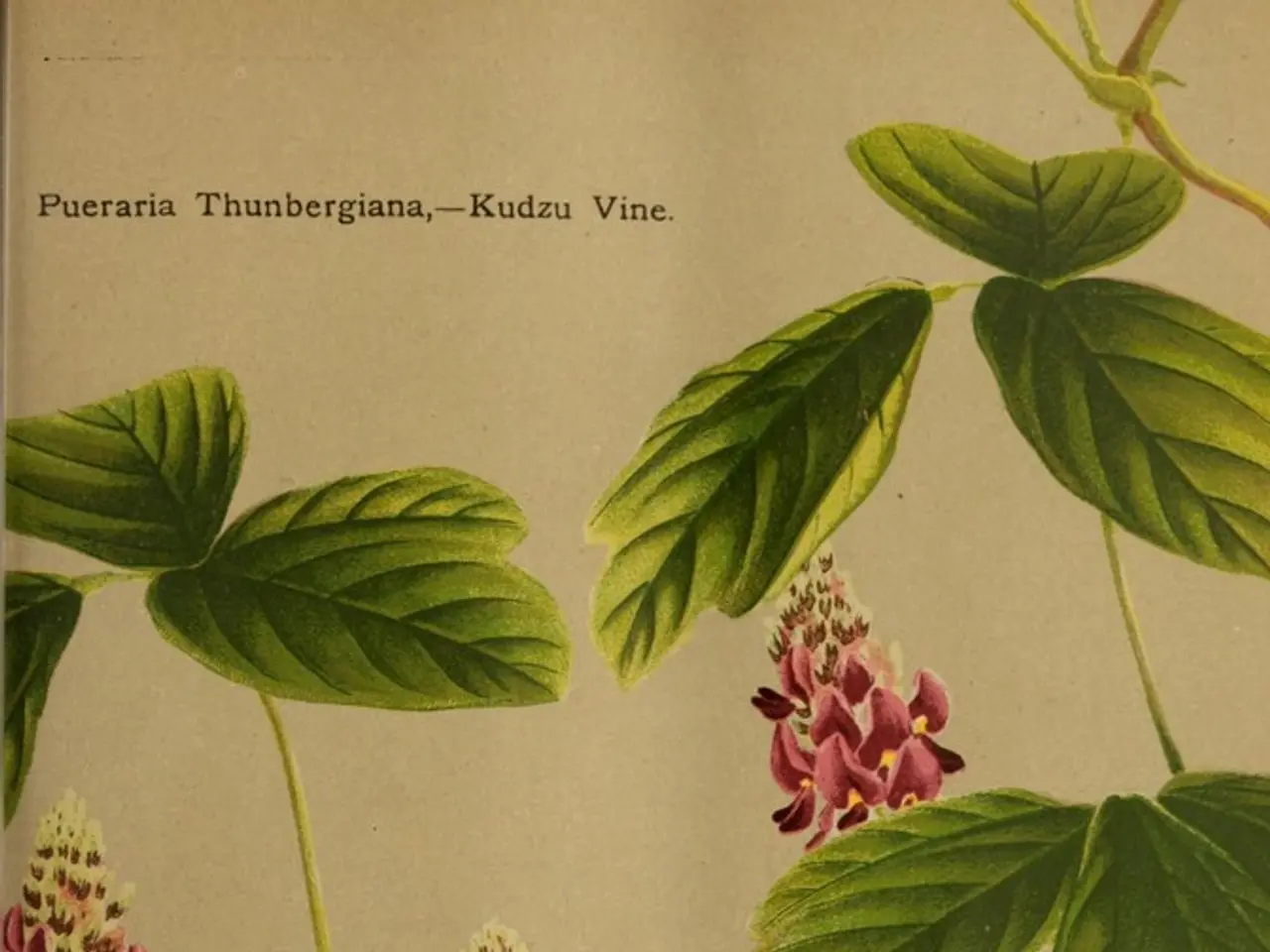Indoor-Friendly Exotic Blossoms Worth Cultivating!!
Exotic Indoor Plants: A Guide to Their Unique Care Requirements
Exotic indoor plants can bring a touch of the tropics to your home, enhancing the atmosphere and improving air quality. Here's a guide to some popular exotic indoor plants and their specific care requirements.
Coelogyne Cristata
This orchid species is known for its delicate, fragrant white flowers with a yellow or orange lip. It thrives in cool to intermediate temperatures with high humidity and bright but indirect light. Coelogyne cristata prefers good air circulation and reduced watering during rest periods.
Lily of the Valley (Convallaria majalis)
A temperate woodland plant known for its small, bell-shaped, fragrant white flowers, Lily of the Valley prefers cool temperatures, partial shade or indirect light, and consistently moist, well-draining soil. Overwatering should be avoided to prevent root rot.
Phalaenopsis (Moth Orchid)
Very popular indoor orchids with large, long-lasting, moth-shaped flowers in various colors, Phalaenopsis requires bright but indirect light, moderate humidity (around 50-70%), and watering about once a week allowing roots to dry slightly between waterings. They need a special orchid potting medium (bark or sphagnum moss) for good drainage and monthly fertilization during growing season.
Crinum Lily
A bulbous tropical plant with large strap-like leaves and showy flowers resembling lilies, Crinum Lily prefers bright light or partial sun, warm temperatures, and well-draining soil. Indoor watering should keep soil evenly moist but not waterlogged, with periods of drier rest.
Passiflora (Passion Flower)
Known for intricate, striking flowers with a unique corona structure, Passiflora requires bright light or full sun, well-draining soil, moderate watering allowing topsoil to dry slightly, and moderate humidity. Regular pruning supports shape and flowering.
Glory Lily (Gloriosa superba)
A climbing tropical vine with vivid, reflexed red and yellow flowers resembling flames, Glory Lily thrives in bright indirect light, warm temperatures, moist but well-draining soil, and moderate to high humidity. It needs support for climbing and careful watering to avoid rot.
False Bird of Paradise (Strelitzia nicolai or similar)
Large-leaved tropical plants resembling banana or true Bird of Paradise plants but typically easier to grow indoors, False Bird of Paradise requires bright indirect to filtered light, moderate watering allowing soil surface to dry partially, moderate humidity, and a well-draining potting mix.
Growing conditions and care highlights common to many tropical/exotic indoor plants:
- Light: Most prefer bright, indirect light to partial sun. Direct intense sunlight often damages leaves.
- Water: Water when the top 1–2 inches of soil are dry. Overwatering causes root rot; under-watering leads to stress.
- Humidity: Many thrive with moderate to high humidity, often benefiting from misting or humidity trays.
- Soil: Use well-draining, peat-based or orchid bark mixes tailored to specific plant needs.
- Temperature: Most prefer consistent warm indoor temperatures (60–80°F / 15–27°C), except species like Coelogyne cristata and Lily of the Valley which prefer cooler conditions.
- Fertilizer: Monthly feeding during active growth with balanced liquid fertilizer diluted to half-strength supports lush growth.
These plants have diverse botanical traits and environmental preferences but share requirements for humidity, filtered light, and careful watering to keep them healthy indoors. For species like Coelogyne cristata and true Passiflora indoors, cooler conditions and climbing support respectively are important.
[1][3][4] (Sources)
- When choosing a tropical or exotic indoor plant, consider the specific care requirements of each species, such as the Coelogyne cristata, which thrives in cooler temperatures and prefers good air circulation.
- The Lily of the Valley, though it grows in woodlands, prefers cool temperatures and partial shade, while the Phalaenopsis orchid requires moderate humidity and watering about once a week.
- When it comes to soil, exotic indoor plants often do well in well-draining, peat-based or orchid bark mixes.
- In terms of watering, most exotic indoor plants prefer their top 1–2 inches of soil to dry out before watering, avoiding overwatering that leads to root rot.
- Many exotic indoor plants thrive with moderate to high humidity, benefiting from misting or humidity trays.
- To maintain a fashion-and-beauty or home-and-garden lifestyle that includes exotic indoor plants, understanding their unique care requirements is key, with gardening providing a peaceful and nature-inspired touch to your living space.




